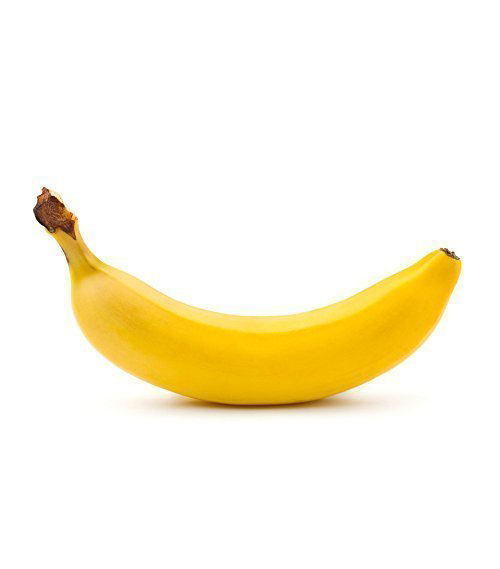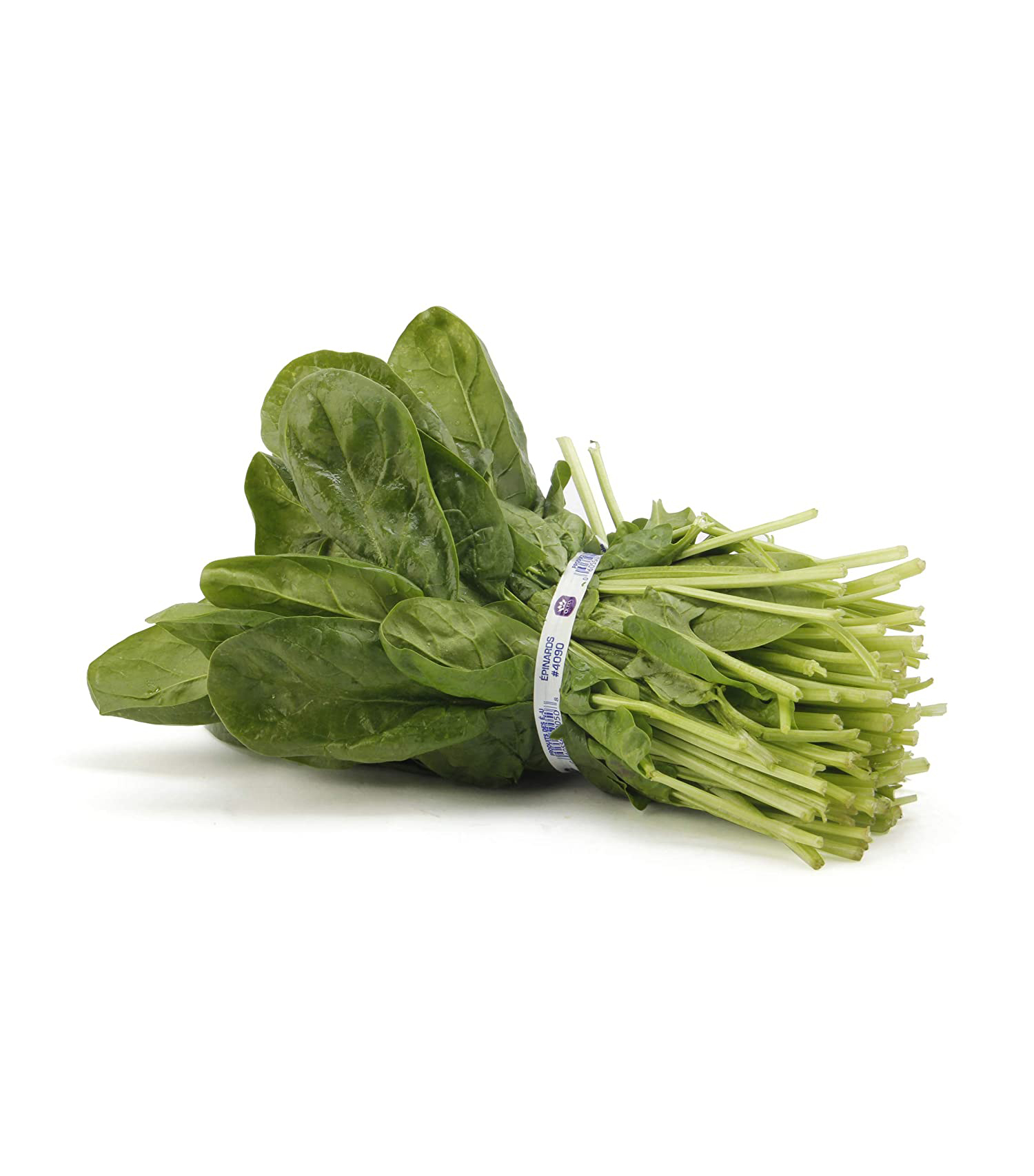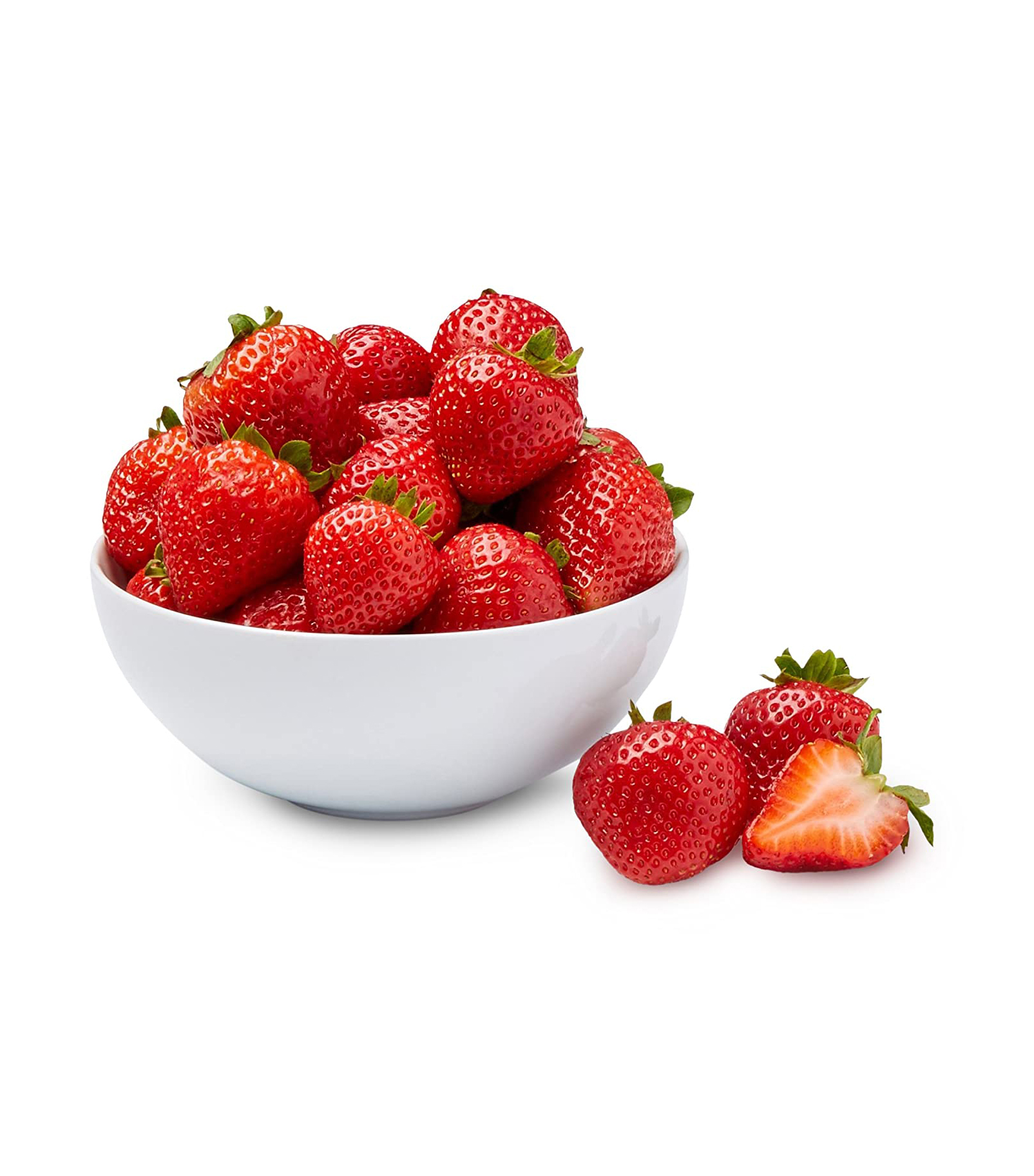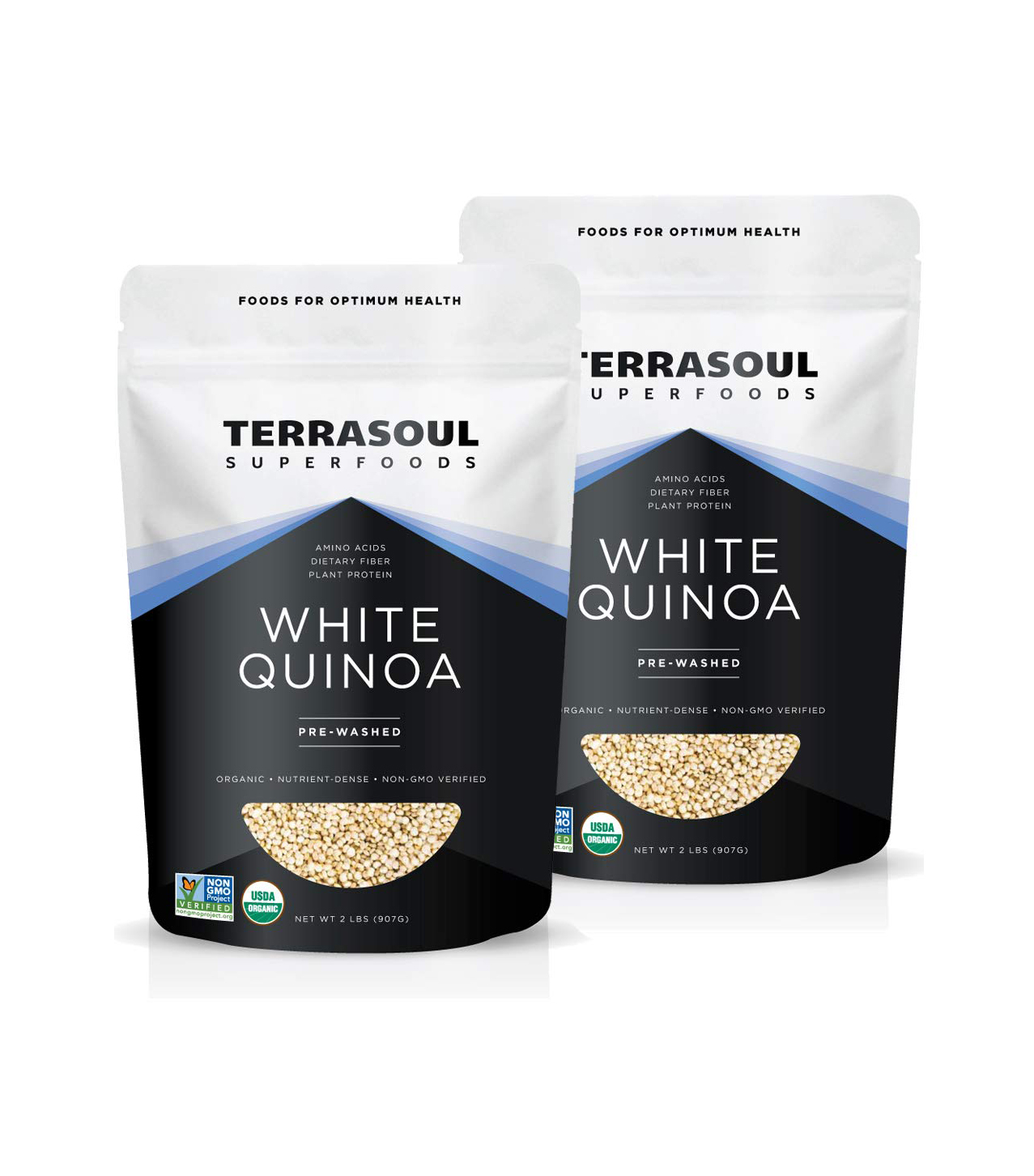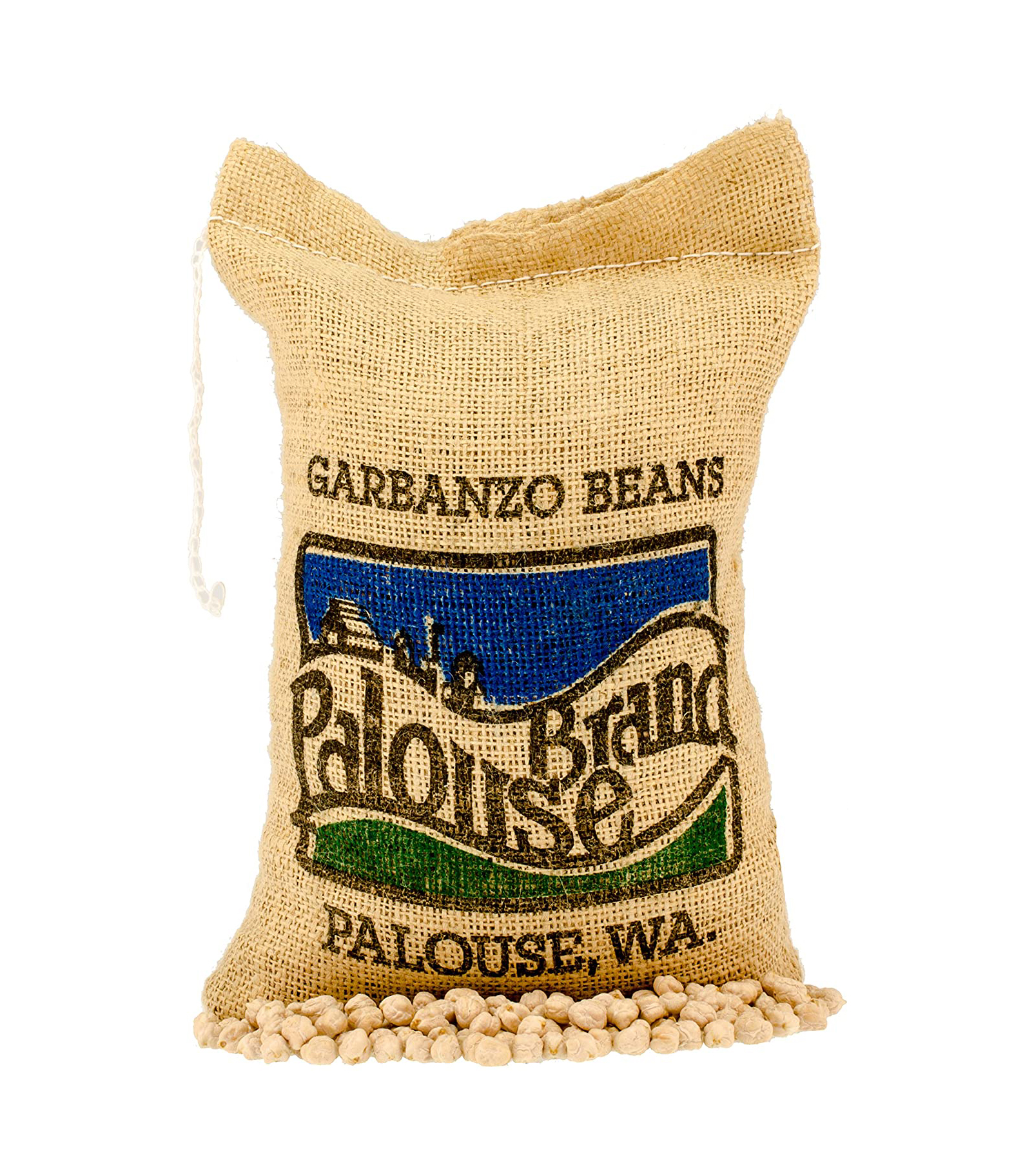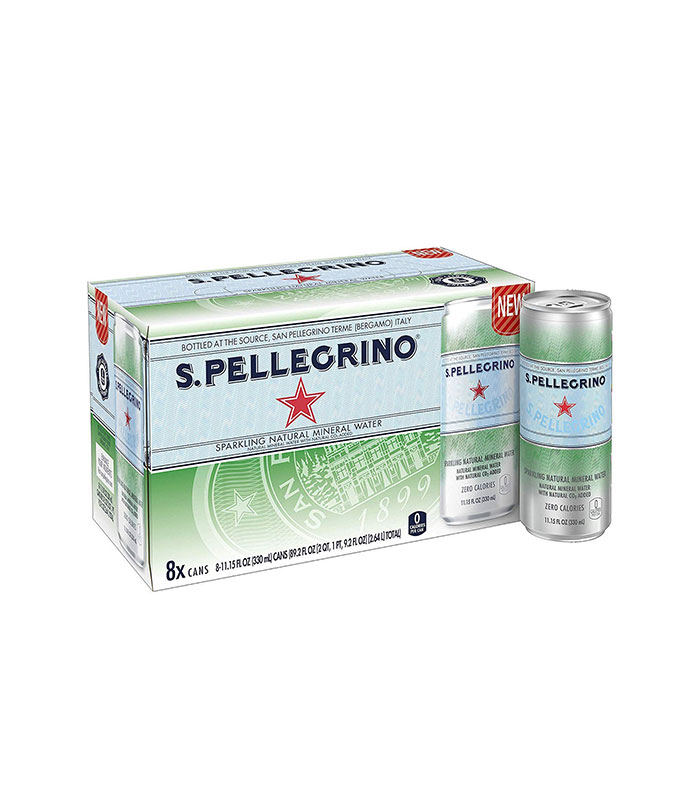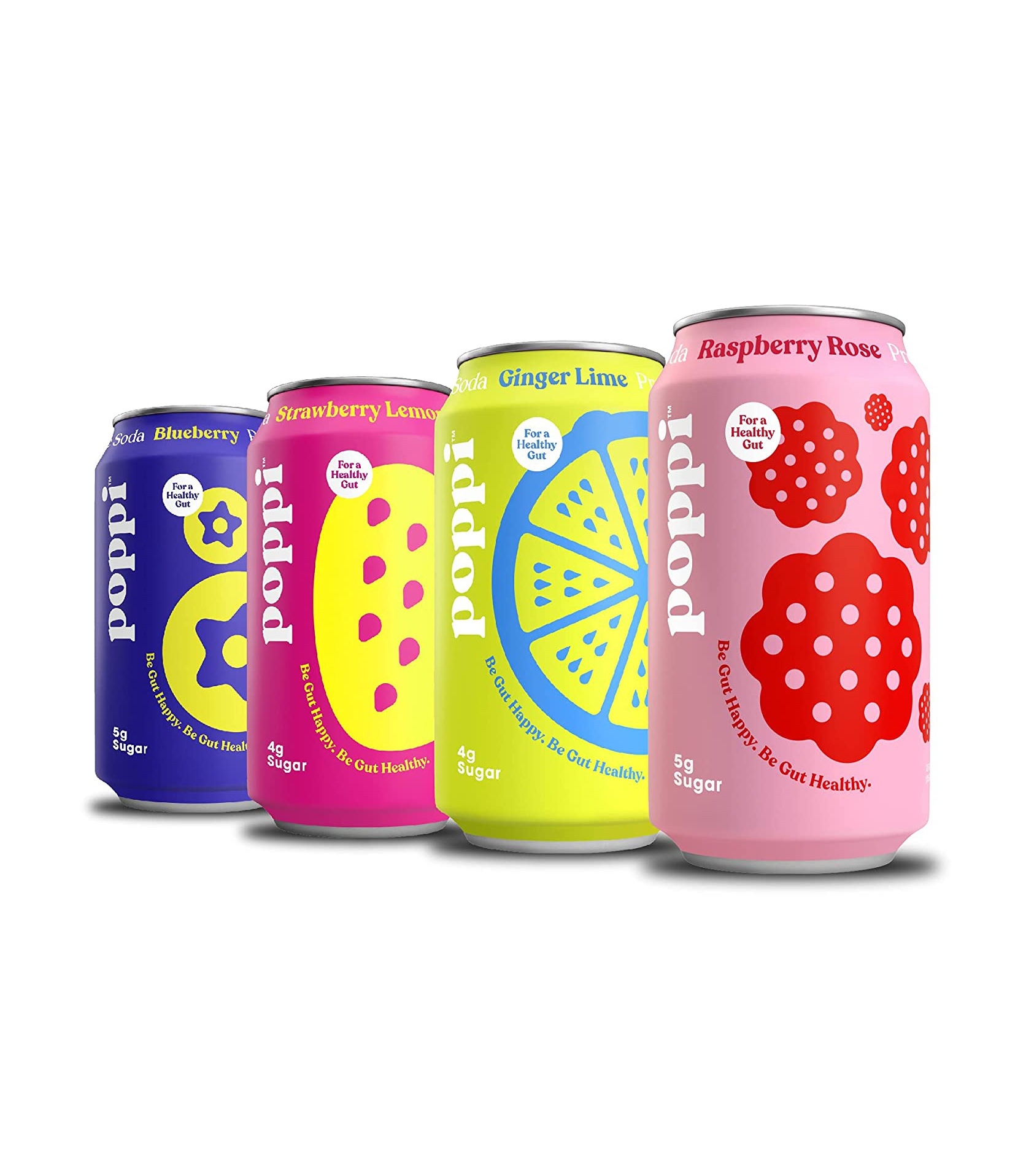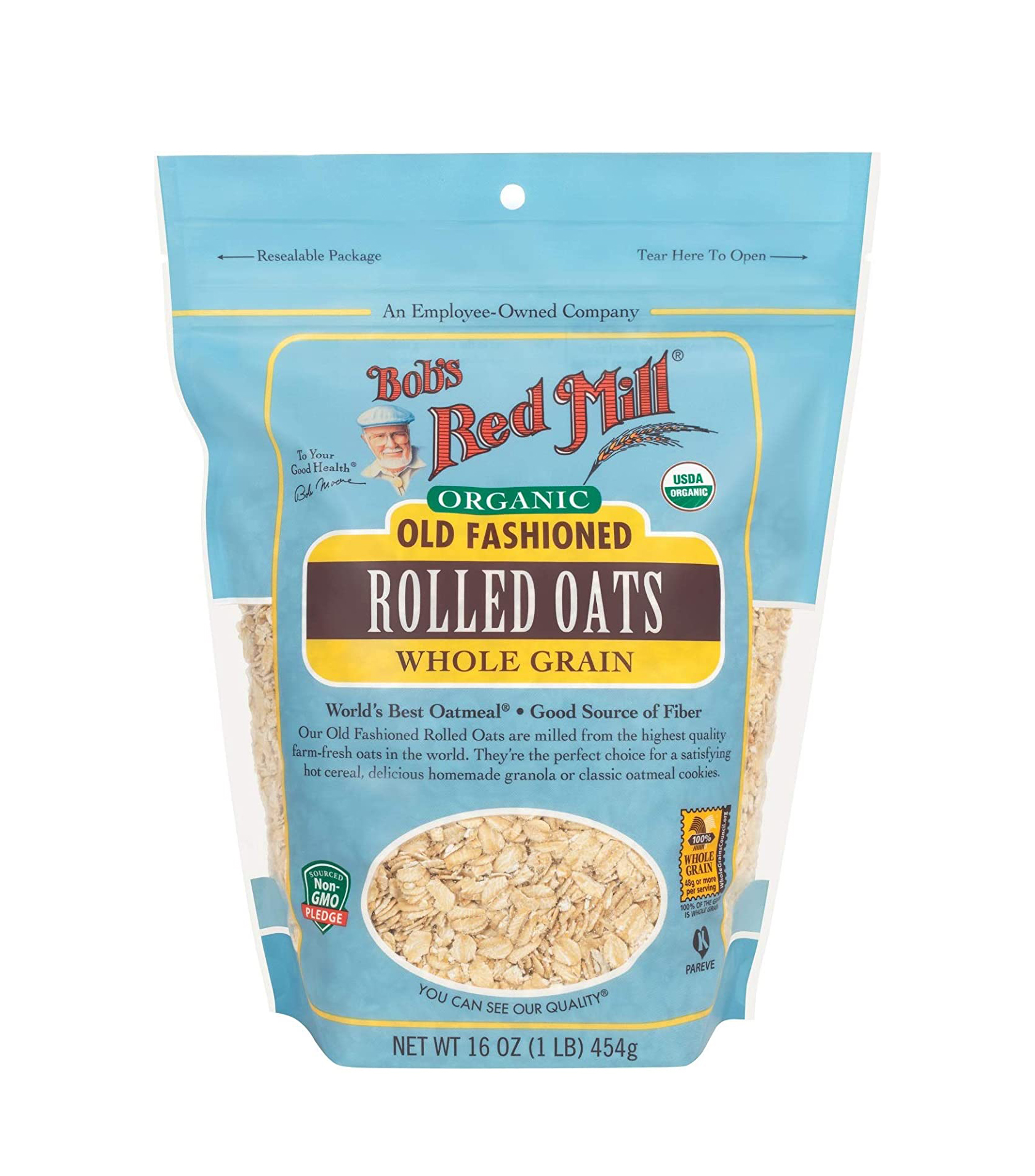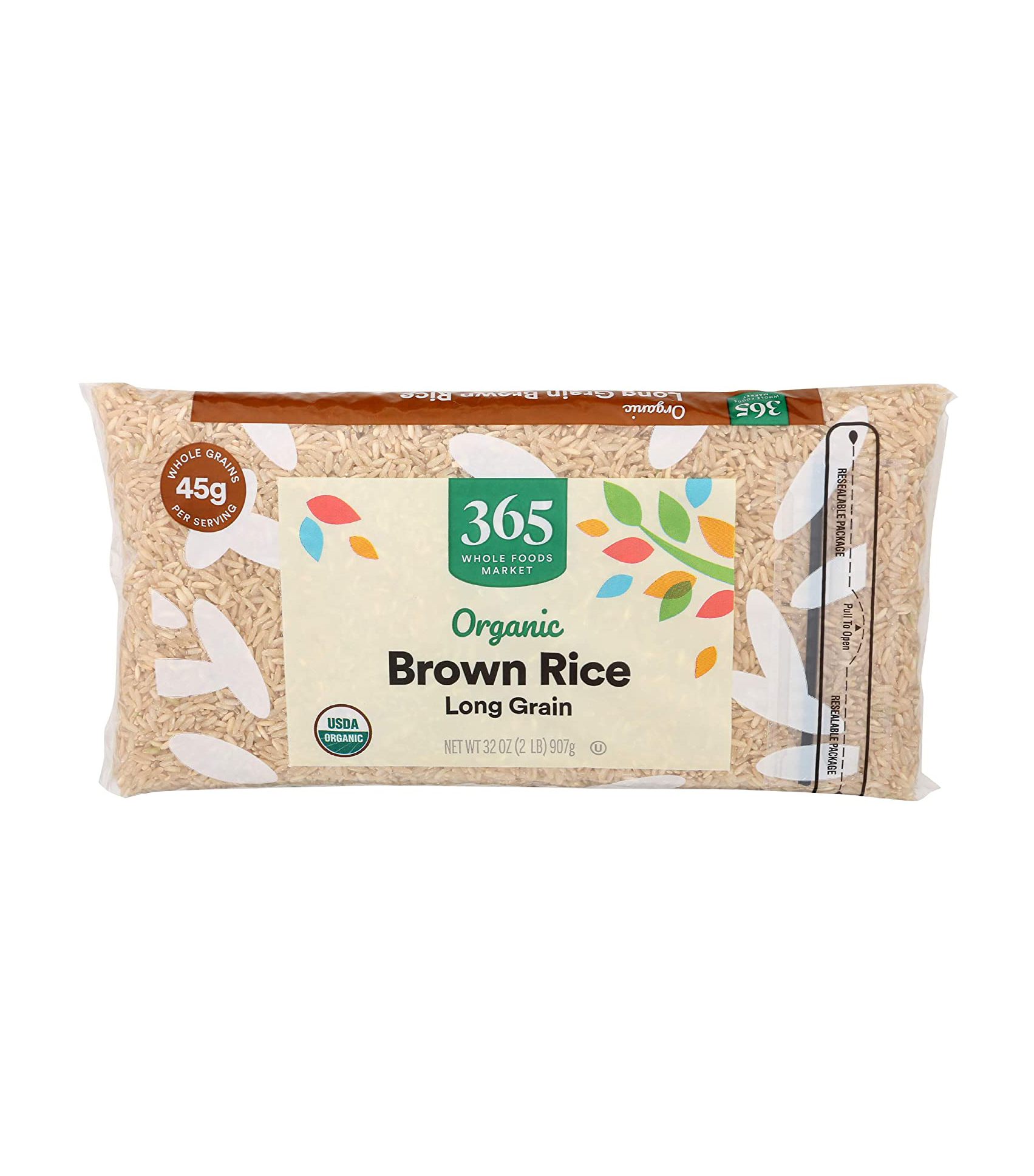Food Labels Are Trying to Scam You—Here's How to Outsmart Them
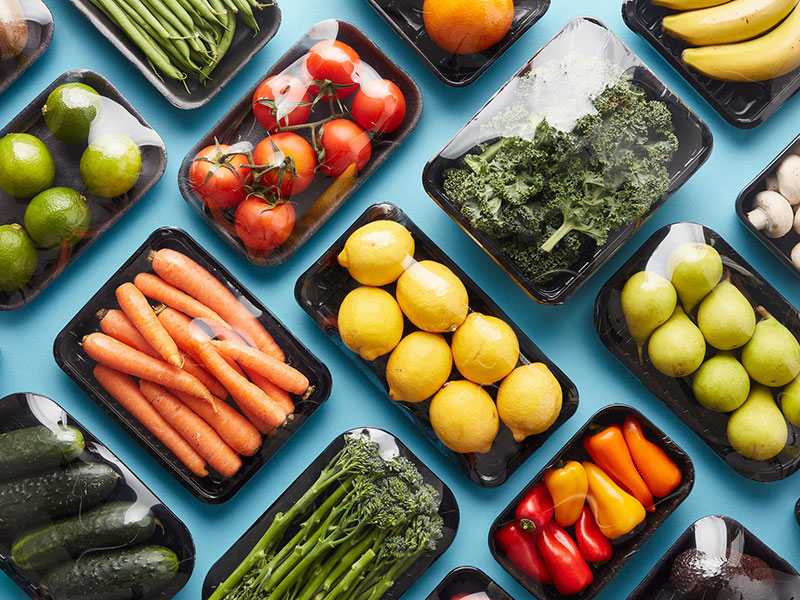
Raise your hand if your trips to the grocery store are more akin to an episode of Supermarket Sweep than leisurely strolls down each aisle. It's so easy to run to the market, grab a few things somewhat blindly, and run out to do whatever errand you have next on your list. But when we're grabbing products without really looking at them, we might be doing ourselves (and whomever we're feeding or sharing food with) a disservice.
There are various requirements and rules for many U.S. food agencies when it comes to food labels, but some of the rules have loopholes, so to speak, and others aren't regulated at all, which can allow manufacturers to put certain health food claims on products that are misleading. This is bad news for the consumer, who might trust that something that says "all-natural" or "fat-free" is 100% good for them.
But you can take control of the situation by learning how to read food labels carefully and educating yourself. Below we've compiled a list of common "healthy" phrases you might see on food packaging and asked a nutritionist what they actually mean.
Organic
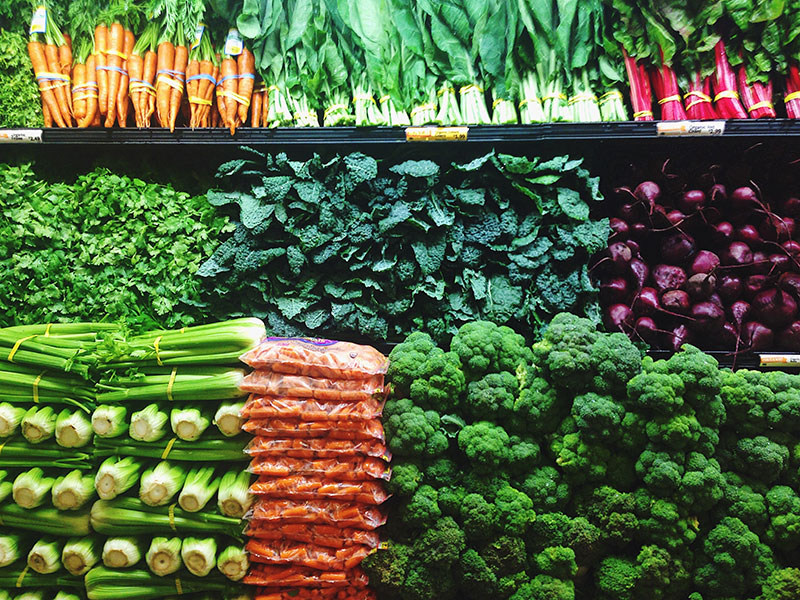
Fortunately, the term "organic" is heavily regulated for the most part. "Overall, organic products have strict production and labeling requirements according to the USDA, and if a product wants to claim that it is organic or made up of organic ingredients on its display panel, most products need to be certified and have a USDA Organic Seal. There are some exceptions to this depending on the farm and level of operation," says Yasi Ansari, MS, RD, CSSD, a national spokesperson for the Academy of Nutrition and Dietetics.
When shopping for organic products, Ansari has some tips, including looking at the ingredient list and keeping an eye out for the organic seal, which indicates it was certified by the USDA. There are some exceptions out there where a product does not need the stamp, so looking at the seal is an important step. "Falsely representing a product as organic can put a company at risk of a penalty," she says.
"Remember, just because a product states that it is made up of organic ingredients, doesn’t mean that the whole product is 100% organic. There have been reports of some false organic claims, so it’s important for consumers to do some research to find trusted organic brands in addition to looking for the name of the certifying agent that made the organic claim on the label." Additionally, Ansari points to USDA's Organic Labeling Standards for further education…
"100% organic" can be used to label any product that contains 100% organic ingredients (excluding salt and water). It may include the seal, and the label must include the name of the certifying agent.
"Organic" can be used to label any product that contains a minimum of 95% organic ingredients (excluding salt and water). It may include the seal, and the label must include the name of the certifying agent.
"Made with organic ingredients" can be listed on a label for a product that contains a minimum of 70% organic ingredients (excluding salt and water). The ingredients (up to three) must be labeled as certified organic ingredients, and the product can't claim or post a seal stating that it is an organic or 100% organic product.
Low-Fat
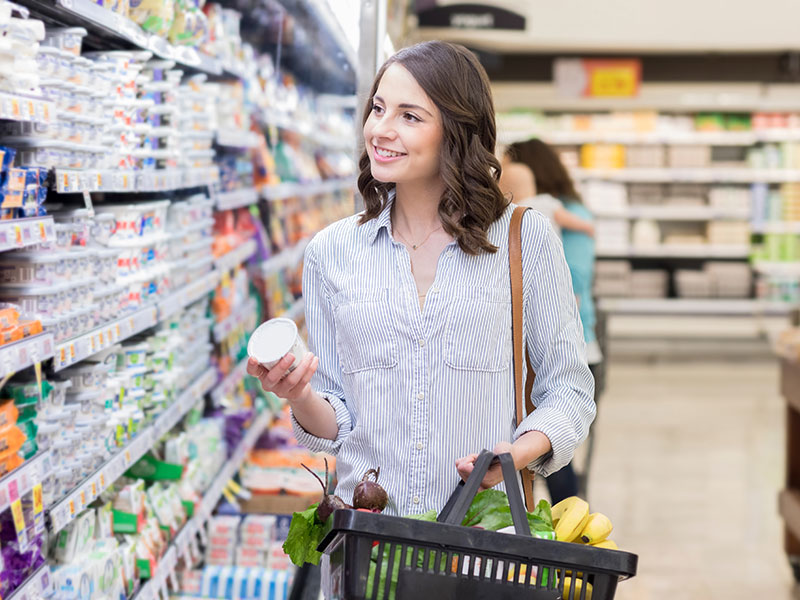
Anything classified as low-fat must have three grams or less of fat per serving, or less than 30% of calories coming from fat. But there's a catch to these low-fat foods. "When fat has been removed, something else has been added into the product to preserve the taste of the food. Often it is sugar that is added in excess to make up for the taste," Ansari says. "The calories can be around the same, however, you end up potentially loading up on other ingredients that are not as good for you. Don't be fooled that something is healthier for you just because it is low-fat."
Ansari suggests comparing the labels of low-fat packaged products and their full-fat versions to see how they stack up. "I would compare sodium, sugar, and differences between the number of ingredients listed on the food label. Foods low in saturated and trans fats are what the general public should keep an eye out for instead of total fat (because then they can be missing out on the health benefits of healthy fats like mono and polyunsaturated fatty acids!)," she says.
All-Natural
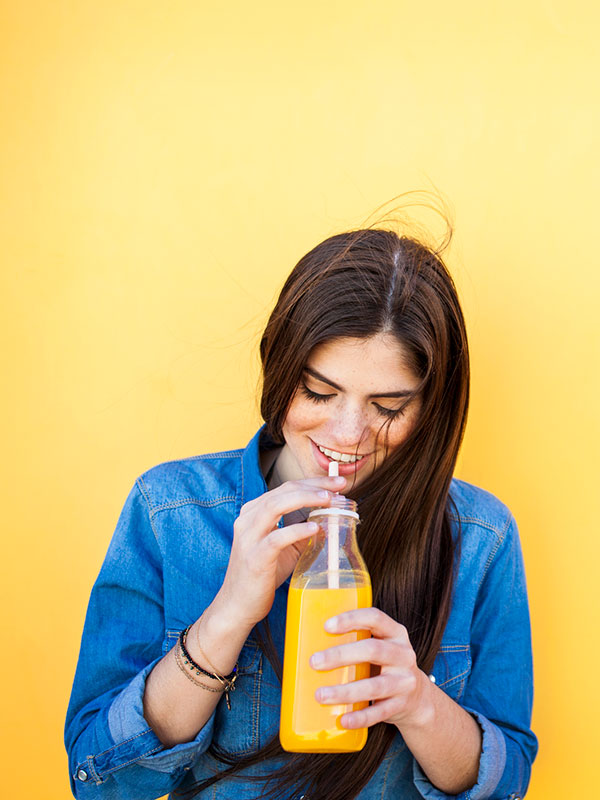
This is where it gets dicey and it's crucial to read those labels. Currently, there is no formal or official definition for "natural," although the FDA has indicated it is working on defining the term. Right now, the FDA classifies natural as not having anything artificial or synthetic added or included in the food, but it does not define processing.
"I think there could be a lot of benefits to having a solid definition for 'natural' in the future. It may be a tool we can use to get the public to consume foods in their natural (whole, minimally processed) forms. In recent years, we have definitely gone and are going in that direction—and I think it's great for the public to be more aware of their nutritional health," says Ansari.
But she warns that right now since the term can be an unknown, a product that claims to be "all-natural" or have "natural flavors" or "natural ingredients" may not be good for you after all. "Just because a product is made up of natural ingredients doesn't mean the product as a whole is natural or that the way it was processed was natural. These foods may still be made up of questionable additives, ingredients, and processing methods that are not the best for health or the environment," she says.
Gluten-Free
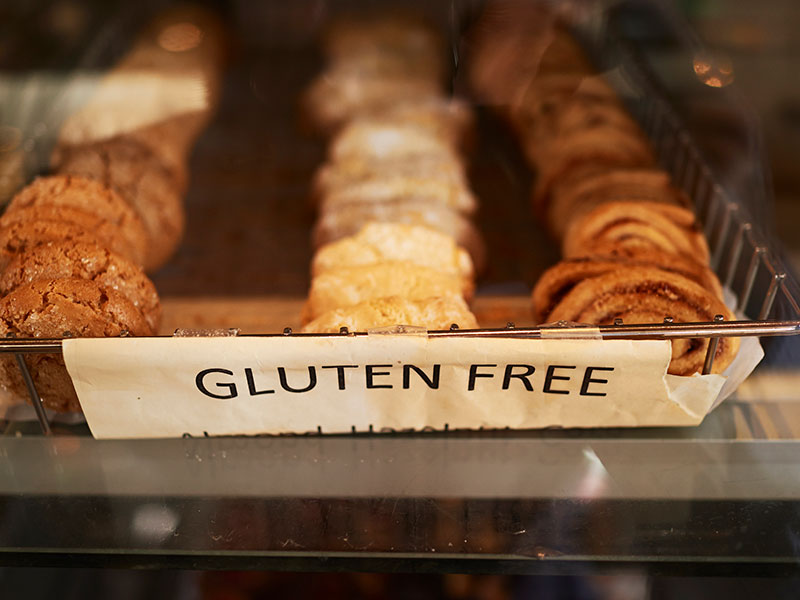
This one made our list of "healthy" foods that could be scams because it could have binders and fillers that could upset your digestive health. "Gluten-free foods aren't automatically healthy. It's important to note that it can compromise nutrition if the diet is not well balanced," advises Ansari. "When gluten is removed during food processing, manufacturers may add in more ingredients like salt, sugar, and other starches to add more flavor to the product. Also, packaged gluten-free products may be lower in fiber and B vitamins than gluten-containing grains."
To find healthy gluten-free options, she recommends looking for products that are lower in sugar and have at least three grams of fiber per serving. Also, opt for items in their whole form (quinoa, brown rice, beans, sweet potatoes, vegetables).
Sugar-Free
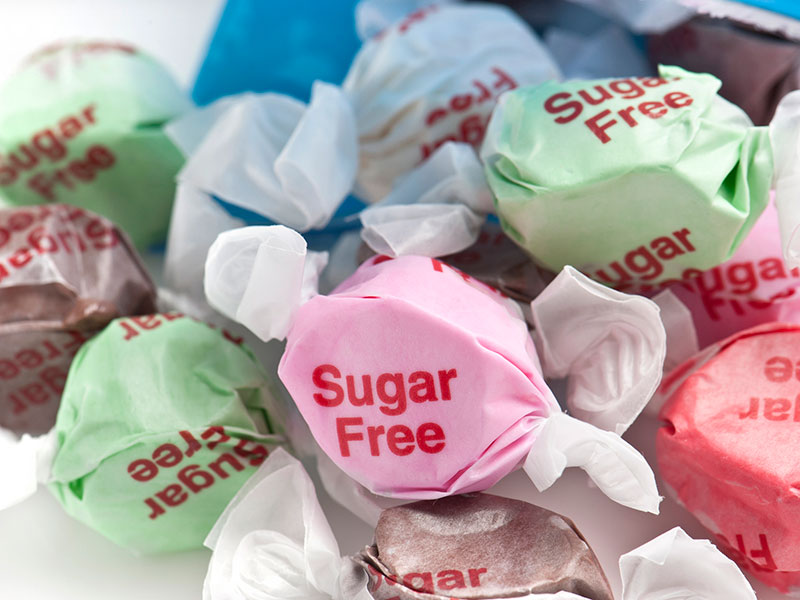
These products can help people control their sugar intake (especially for those with diabetes or other conditions), but just because something is sugar-free doesn't mean it's calorie-free. Instead of sugar, these products have artificial sweeteners or sugar substitutes added. The Mayo Clinic states, "Keep in mind that processed foods, which often contain sugar substitutes, generally don't offer the same health benefits as whole foods, such as fruits and vegetables." The takeaway? Read the labels and consume in moderation.
Diet
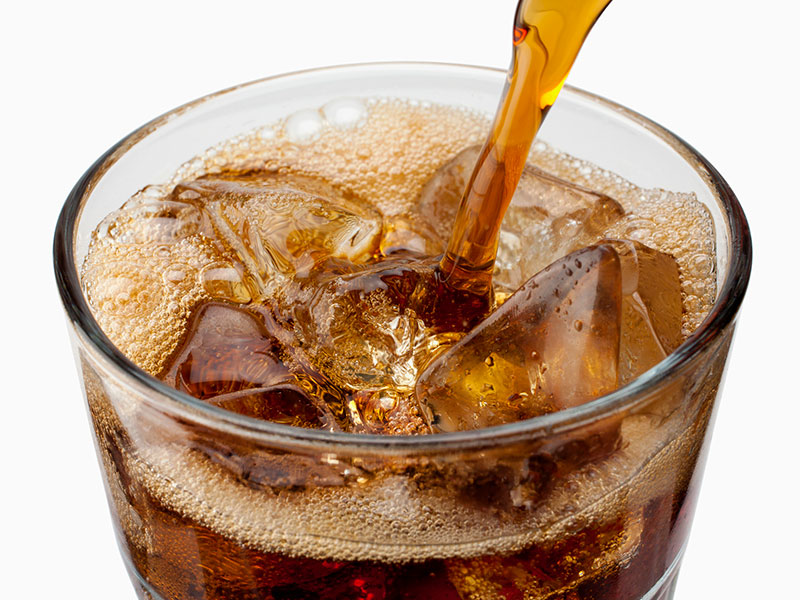
Similarly to sugar-free products, diet products (like sodas) often contain artificial sweeteners and sugar alcohols. Ansari says that while this is a better alternative to drinking regular soda for people trying to manage their blood sugar, diet soda is still not a quality nutrition source. Artificial sweeteners are known to cause headaches while sugar alcohols can cause gastrointestinal issues like bloating, gas, and loose stools. More research is needed, but diet sodas can also affect your gut health.
Additionally, these diet sodas include preservatives and artificial coloring, which aren't great for you. And on top of that, these diet products might even exacerbate your sweet tooth. "Long-term consumption of diet products can change the taste buds. Artificial sweeteners bind more strongly than sucrose due to differing structures, which make them taste much sweeter to us. This can often stimulate the appetite and make us crave foods that are sweeter," Ansari says.
So it's safe to say that you want to proceed with caution when consuming diet products. "Unless medically advised, I recommend limiting foods labeled as 'diet.' Focus on hydrating with water or sparkling unsweetened beverages and adding your own fresh fruit juice to it," she advises.
Multigrain
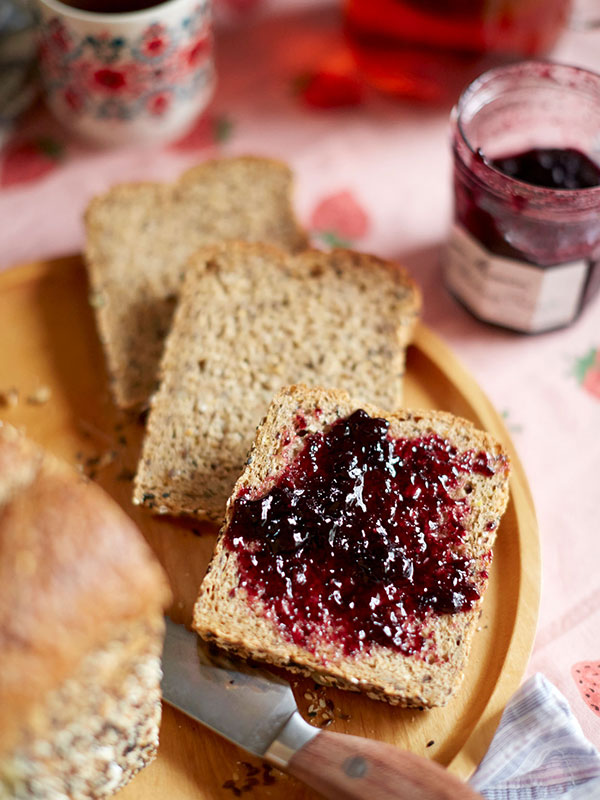
First things first, multigrain is not the same thing as whole grain. Although multigrain crackers or bread might sound nutritious and good for you, it just means that they're made with more than one type of grain, and they might not be made with whole grains. Other similar terms that might be misleading include "stone-ground," "100% wheat," and "seven-grain."
"Whole grain" is the healthy term that really matters here—some products include barley, quinoa, oats, and brown rice. According to the Academy of Nutrition and Dietetics, whole grain means that all parts of the grain were used (the bran, the germ, and the endosperm), whereas refined grains only contain the endosperm. Whole grains are known to keep your body healthy and give you glowing skin and shiny hair. They can also help reduce the risk of heart disease, diabetes, and some cancers. When choosing a whole-grain product, look for ones that are high in fiber and with fewer added sugars, the Academy advises.
When it comes to reading labels, look for ingredients you recognize and be wary of the ones you don't. Opt for whole foods instead of processed products. Being a smart shopper will pay off in the long run for you health-wise, and plus, just knowing you've outsmarted clever packaging and marketing is a big plus.
Next: These "Healthy" Foods Are Actually Scams
This article was originally published at an earlier date and has since been updated.
Disclaimer
This article is provided for informational purposes only and is not intended to be used in the place of advice of your physician or other medical professionals. You should always consult with your doctor or healthcare provider first with any health-related questions.
Sarah is lifestyle writer and editor with over 10 years of experience covering health and wellness, interior design, food, beauty, and tech. Born and raised in Los Angeles, she attended New York University and lived in New York for 12 years before returning to L.A. in 2019. In addition to her work at Who What Wear, she held editor roles at Apartment Therapy, Real Simple, House Beautiful, Elle Decor, and The Bump (sister site of The Knot). She has a passion for health and wellness, but she especially loves writing about mental health. Her self-care routine consists of five things: a good workout, “me” time on the regular, an intriguing book/podcast/playlist to unwind after a long day, naps, and decorating her home.
